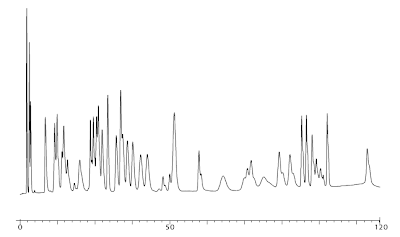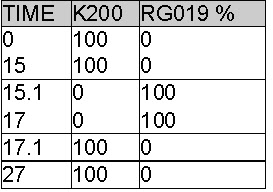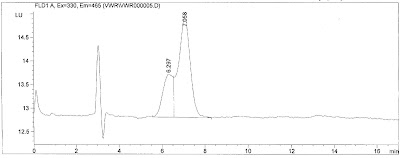By Mike Gottschalk
Pickering Laboratories has made available the Pinnacle PCX syringe pump for OEM applications. The pump is the heart of the successful Pinnacle PCX instrument. “This syringe pump’s service record and performance are truly remarkable. We designed it for long life and exacting specifications; now six years later and a thousand working units in the field we are very confident this pump will be successful in other applications”, said Michael Pickering.
When the Pinnacle PCX was designed a suitable pump could not be found so the design of a perfect syringe pump was begun. The results are a very precise, pulse free, and inert pump rugged and reliable enough for our analytical chemical instrument. The current specifications are an alumina ceramic cylinder with PEEK for inert flow path, a 70 ml volume cylinder, low flow rates range of 30µL/min – 1500µL/min, at pressures of 300 – 500 psi.
Of all the syringe pumps available today our pump is unique in its pressure range and absolute inert materials. These features will be useful in industrial fluid delivery applications and we will begin marketing to the large industrial equipment market. We have engaged with Globalspec to help us introduce this product. Globalspec is the leading specialized vertical search company serving the engineering, manufacturing and related scientific and technical market segments.
For more information on the OEM Syringe pump:
OEM Pump PDF





